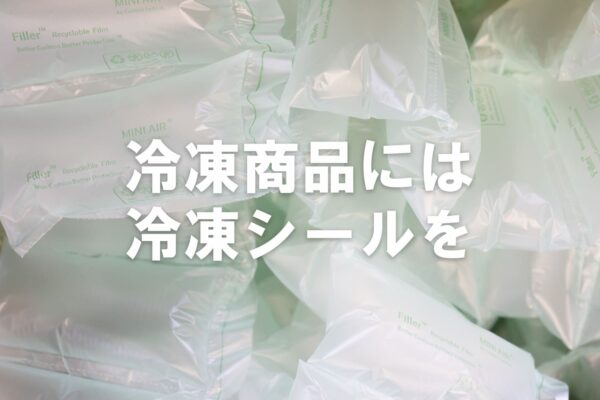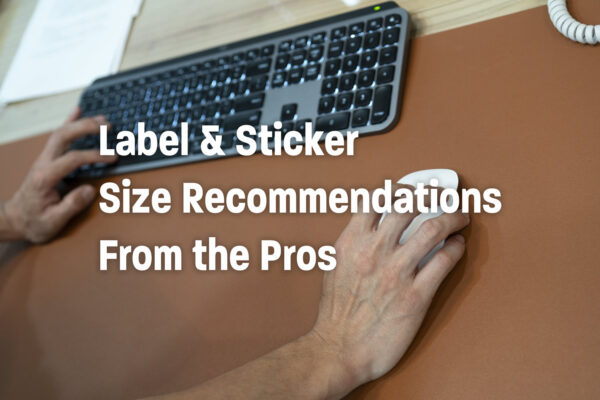How to Create Food Labels: Guide and Tips
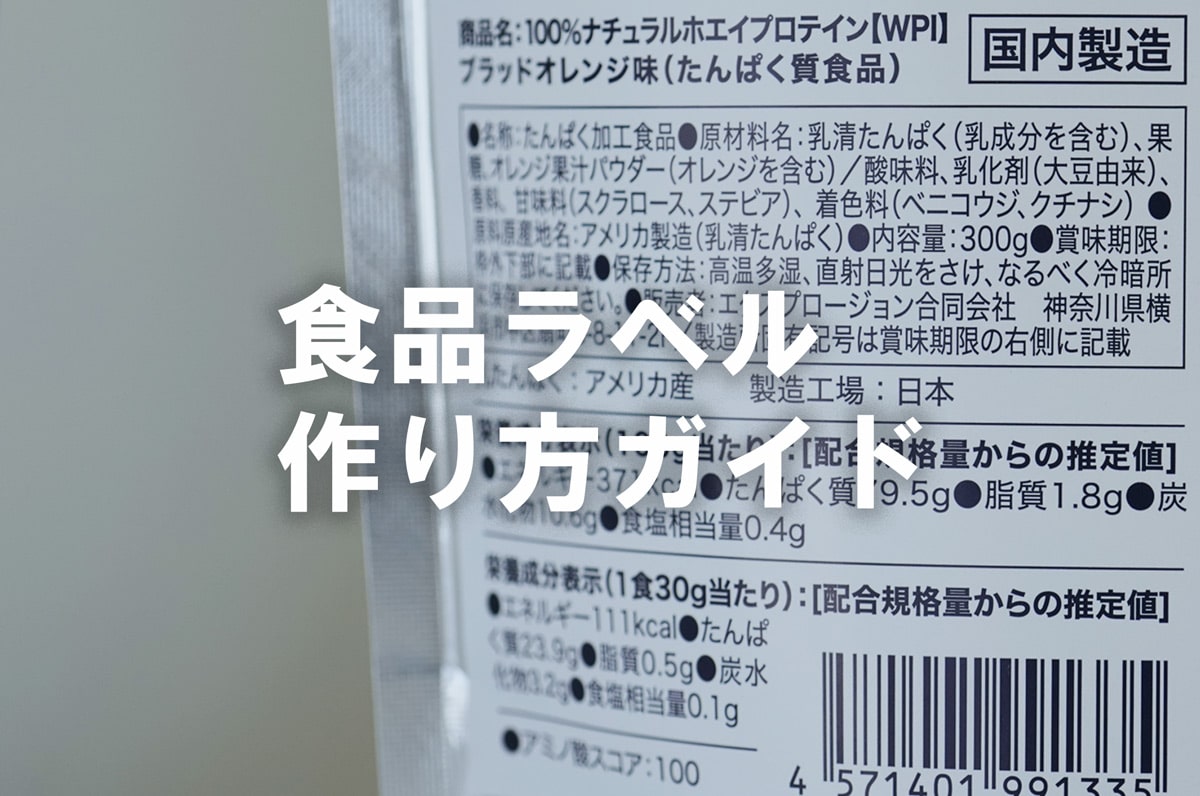
Food labels, mandated by the Food Labeling Act, play a critical role in conveying basic information and safety to consumers. Non-compliance with the regulations and layout rules can lead to administrative guidance or penalties, so careful attention is needed.
This article explains how to create food labels, detailed labeling contents, and precautions for ensuring accurate labels that comply with regulations.
We are a printing company that handles various types of food labels, including those for refrigerated, frozen, and heated products. If you are considering creating food labels, please contact us using the link below.
Please feel free to contact us.
What are Food Labels?

Food labels are legally required markings on packaging containers, mandated by the Food Labeling Act implemented in 2015. The law specifies detailed contents and layout regulations.
The main purposes are as follows:
- To convey food safety to consumers
- To provide accurate product information
- To prevent accidents
- To serve as a clue in case of problems
The law prioritizes the consumer's perspective over that of the business operator. Violations are subject to penalties. In the October 2021 amendment, labeling of ingredients and nutritional components was strengthened, requiring more detailed information. Businesses handling food must understand and comply with the law to fulfill their responsibility to consumers.
How to Create Food Labels
- Using a label printer
- Outsourcing to a label printing company
Method 1: Using a Label Printer
One way to create food labels is by using a commercial label printer to make them yourself.
Purchasing or leasing a printer allows you to create the necessary number of labels whenever needed, which is convenient for businesses such as supermarkets that require different label information for various products.
However, there are some disadvantages to making your own labels with a label printer.
- High initial and maintenance costs
- Lower quality compared to outsourced labels
- Some models may not support waterproof, refrigerated, or frozen labels
Using a printer has the advantage of not having to stockpile labels. However, if the label quality is unsatisfactory, it is meaningless. Careful consideration is needed when introducing a printer, considering the costs and intended use.
Method 2: Outsourcing to a Label Printing Company
When creating a large number of food labels, outsourcing to a label printing company is recommended. Although it involves costs, there are several benefits:
- Consistent quality for large batches (1,000+)
- Wide range of options for materials, inks, and adhesives
- Recommendations for the best materials and adhesives for the product
Cutting costs too much may result in labels that cannot withstand the product's storage environment or duration. For example, placing paper labels in a wet environment may cause them to peel or deteriorate.
Consulting a label printing specialist allows for proposals of durable labels tailored to the product's characteristics, reducing the risk of rework. Additionally, paying attention to details such as ink color can help differentiate your product from competitors. Our company focuses on creating labels that prioritize consumer convenience while adding value. Our "Contact Us" form is available 24/7 for free, so feel free to reach out.

The key points to keep in mind when creating food labels are as follows:
- Label contents
- Display rules
Checklist 1: Label Contents
Here, using processed foods as an example, we introduce the items required for labeling. The checklist of items mandated for food labels is as follows:
| Label Contents | Notes |
| ① Name | Write the general name, not the product name |
| ② Ingredients | List in order of highest quantity used |
| ③ Ingredient Country of Origin | For processed foods, state the country of origin of the main ingredient |
| ④ Additives | List in order of quantity used Distinguish from ingredients with a "/" or line break |
| ⑤ Allergens | Display is mandatory if specific allergens are present Mandatory allergens: (8 items) Eggs, Wheat, Milk, Shrimp, Crab, Peanuts, Buckwheat, Walnuts (Walnuts will be mandatory from April 2025) Recommended allergens: (20 items) Soybeans, Salmon, Squid, Abalone, Salmon Roe, Sesame, Mackerel, Chicken, Beef, Pork, Cashew Nuts, Almonds, Kiwi, Oranges, Bananas, Peaches, Apples, Yams, Matsutake Mushrooms, Gelatin |
| ⑥ Net Weight | Specify units such as "g" or "pieces" |
| ⑦ Expiry Date/Best Before Date | Write in the order of year, month, and day Expiry Date: Set for foods that deteriorate quickly Best Before Date: Indicates the period during which the product can be consumed while maintaining quality |
| ⑧ Storage Method | Specify storage instructions before opening according to the product's characteristics |
| ⑨ Manufacturer, etc. | Include the name and address of the responsible entity If not a corporation, include the representative's name |
| ⑩ Nutrition Information | Mandatory display of energy, protein, fat, carbohydrates, and salt equivalent Items to display vary depending on the type of food |
In addition to this, different items are specified for agricultural products, livestock products, and marine products. Since there are detailed rules depending on the type of product, please refer to the "Quick Guide to Food Labeling|Consumer Affairs Agency" to ensure accurate labeling.
Checklist 2: Display Rules
There are also rules for how food labels should be displayed:
- Use easy-to-understand Japanese
- Display in a visible area on the packaging
- Use contrasting colors for text and background
- Text size should be at least 8 points according to Japanese Industrial Standards Z8305 (1962) (if the display area is 150㎠ or less, 5.5 points or larger can be used)
Violating the Food Labeling Act, even unintentionally, can lead to guidance from authorities and penalties for serious violations.
Additionally, if product recalls are necessary, significant financial and reputational damage can occur. It is crucial to create labels that comply with the rules, prioritizing the consumer's needs.
Points to Note When Creating Food Labels
The points to note when creating food labels are as follows:
- Mistakes in label contents
- Amendments to the law
Point 1: Mistakes in Label Contents
Ensure that the information on food labels is accurate and complete. Particular attention is required for allergen and nutritional labeling, as errors here can pose health risks to consumers and significantly damage the product and company's credibility. According to 2021 data, there were 71 guidance cases and 4 directive cases in the first half of the year (April-September), mostly due to mislabeling or missing information about names, ingredients, and origins. Prevent mistakes by thoroughly checking the data before ordering and printing. (Reference: Guidance on Food Labeling Standards|Ministry of Agriculture, Forestry, and Fisheries)
Point 2: Amendments to the Law
The Food Labeling Act is amended in response to changes in society. In March 2023, walnuts were added to the list of mandatory allergens. The transition period ends on March 31, 2025, after which non-compliance will be subject to penalties. Regularly check for updates to the law and respond promptly to amendments.
To avoid unintentional violations, regularly review the law and make necessary adjustments promptly when amendments are made.
Key Points for Creating Food Labels
The key points to keep in mind when creating food labels are as follows:
- If unsure about labeling contents or display rules, consult the health department
- For refrigerated or frozen products, choose adhesives designed for these conditions
- Use durable and water-resistant materials suitable for the product
Point 1: Consult with the Health Department if You Have Questions About Label Contents and Display Rules
If you have any questions when creating food labels, consult the health department. They accept inquiries related to food hygiene and health matters. Getting approval from public agencies in advance can prevent the risk of conveying incorrect information to consumers.
Additionally, it can prevent the need for remaking labels due to errors, providing peace of mind for businesses. Careful verification is crucial to avoid losing trust and incurring costs.
You can check the consultation desks for food labeling law in each prefecture on the "Consultation and Inquiry Desk for Food Labeling Law (Each Prefecture)|Consumer Affairs Agency" page. Please refer to it as well.
Point 2: Choose Special Adhesives for Refrigerated and Frozen Products
For refrigerated or frozen products, it is necessary to choose adhesive types that are strong in low temperatures. Regular adhesives may lose their adhesive strength in low-temperature environments, causing the labels to peel off.
Adhesive types are distinguished by temperature ranges. Here is a general guide to typical temperature classifications:
| Temperature Classification | Temperature Range |
| Room Temperature | 30 to 50℃ |
| Refrigerated | 15 to 5℃ |
| Chilled | 5 to ‐5℃ |
| Frozen | ‐5 to -80℃ |
Additionally, condensation occurs when opening and closing doors or taking out refrigerated or frozen products, so water resistance is also necessary. When creating labels for foods stored at low temperatures, choose adhesives that can withstand both the temperature and moisture.
Point 3: Use Durable and Water-Resistant Materials Suitable for the Product
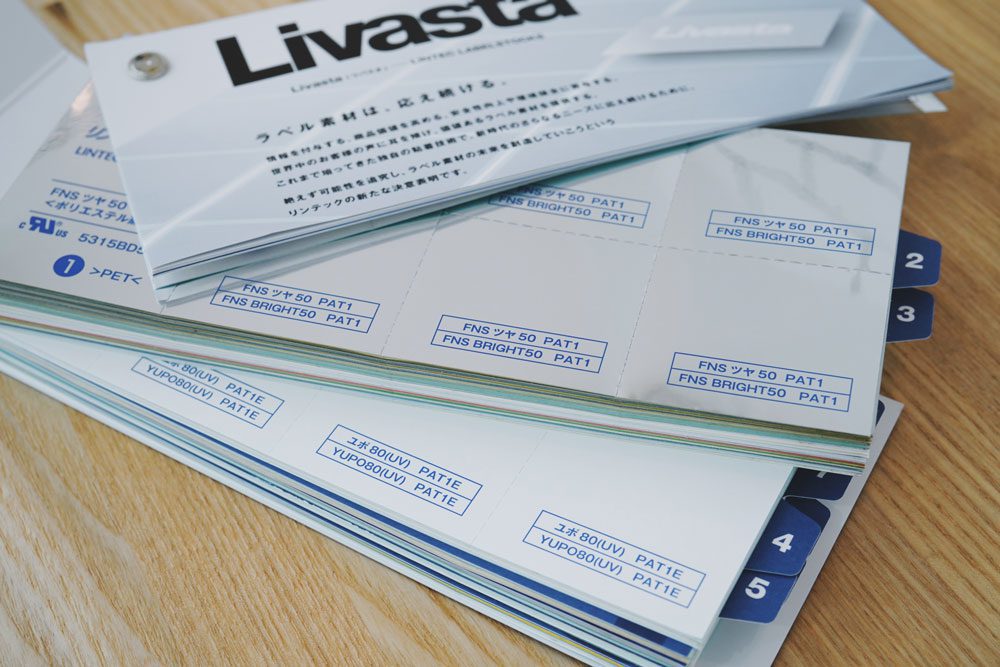
When creating food labels, choose materials that are durable and water-resistant, according to the storage and usage environment of the product. If the label deteriorates between the time the product is opened and consumed, it will be difficult for consumers to check the contents. This will not only significantly reduce convenience but also greatly decrease satisfaction with the product.
For example, commonly used paper materials are weak against moisture and are not suitable for situations where water might be present. Paper easily absorbs moisture, so if it gets wet and is rubbed with a finger, it will crumble and peel off. If you need to use paper material in situations where it might get wet, we recommend using "coated paper" with a surface coating.
Additionally, labels for products like retort foods, which are heated with the packaging, need to be made from special film materials that are strong against heat and moisture. Focus on durability and water resistance according to the product's usage situation to choose the optimal material.
As a label and seal specialist printing company, we also provide advice on adhesives. If you need help choosing adhesives that match your product, please contact us through the "Contact Us" page.
The following article provides detailed explanations about adhesive types and their characteristics. Please take a look.
Adhesive Types for Seals | A Comprehensive Guide to the Best Adhesive Types for Your Business
Creating Food Labels That Enhance Product Image
Although food labels are mandatory and strictly regulated, they can be a point of differentiation for products with a little ingenuity.
Most consumers check labels before purchase, yet few companies truly focus on them. Here are some specific methods for leveraging food labels:
- Specify ink colors to match the product or packaging
- Design with consumer readability in mind
- Include unique aspects or strengths of the product or company, such as fair trade or organic certification, and environmental considerations
Below is an example of a food label created by our company.
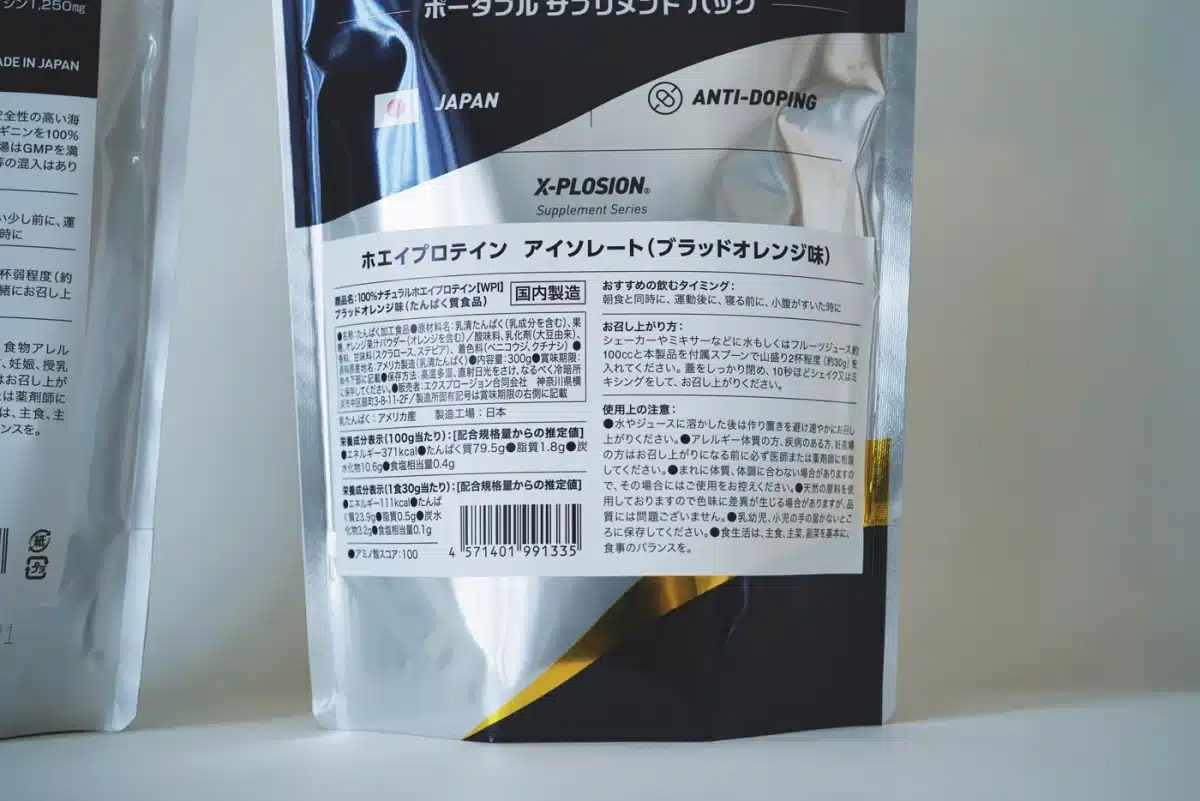
In the example above, we used blue specialty ink to match the color of the packaging. While it may not seem like a significant difference at first glance, it subtly distinguishes the product from others.
By working with a specialized printing company, flexible solutions tailored to your needs are possible. Showing the design in advance helps us imagine the usage scenario, leading to more reliable proposals.
Like packaging, food labels are an element that determines the product's impression. Utilize them effectively to enhance the image from a consumer perspective.
It Is Important to Create Food Labels While Adhering to the Rules
Food labels play a crucial role in protecting consumers' lives and health, thus imposing detailed rules on businesses. However, differentiation is possible with creativity even under strict regulations. Ensure to follow the rules while incorporating your company's unique strengths to create food labels that stimulate consumer purchasing intentions.
We create not only regular product labels but also food labels that add value to your products. If you are concerned about choosing materials or finishing food labels, please consult us through the contact below.

Start Your Project Now!
Contact Us or Get a Quote!

